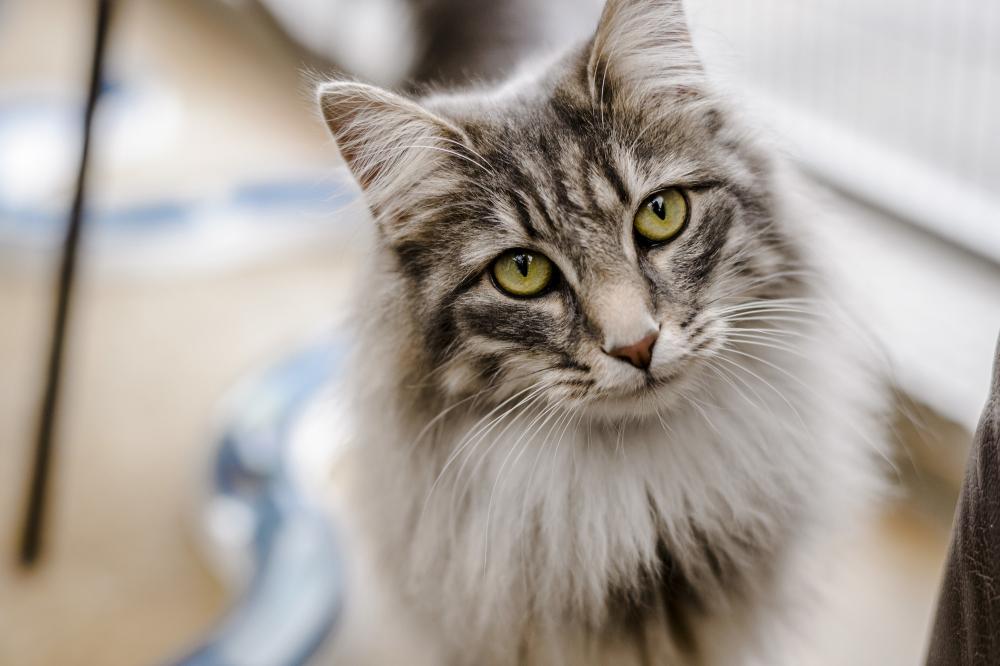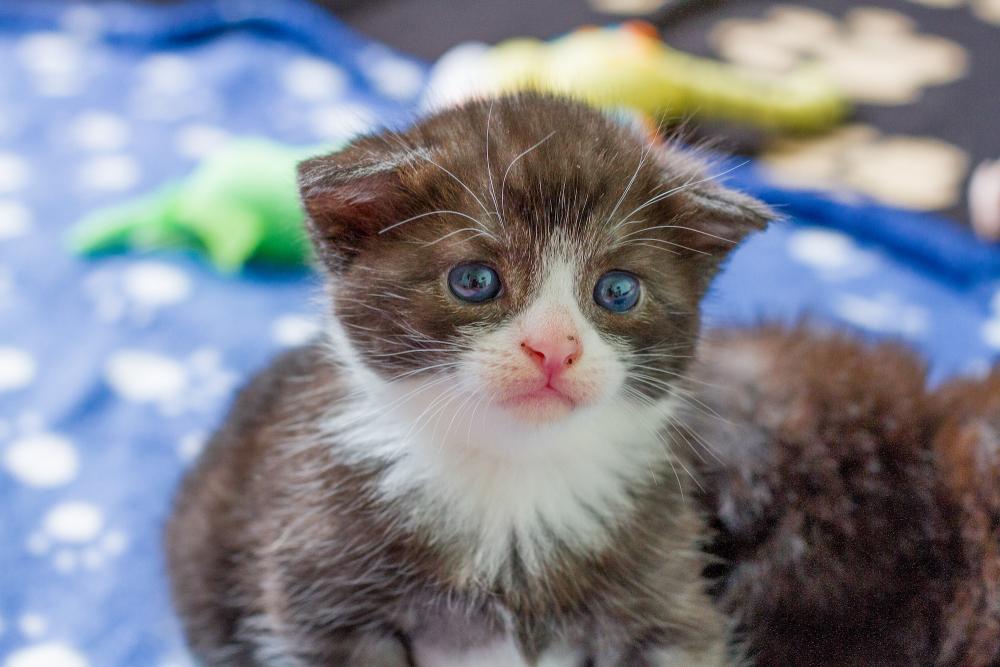How To Apply Flea Meds To Cats
The only way to be certain that your cat does not have fleas is by using regular, good quality flea control which is recommended by your vet. A single application of any product is not sufficient.
Not only can fleas make your pet uncomfortable, sore and itchy - they also pose a serious health risk. Flea infestations can cause anaemia due to the amount of blood a cat can lose to the parasites, and it can be fatal - especially in kittens.
A cat's lifestyle makes prevention difficult. Fleas only spend limited time on the animal and their eggs tend to build up in cracks and crevices, such as down the sides of armchairs – surviving for up to six months. So as well as treating your pet, the home and other areas such as garages need to be treated with an aerosol spray, or with products that stop fleas from developing.
Cats that go out may have "hidey holes" in garden sheds which will also need treatment. In the summer, fleas and eggs can survive in piles of garden refuse, so make sure these are tidied away and cannot be accessed by your cat. Even so, it can take a long time (up to a year in some cases) to get rid of them. Other pets in the household, such as rabbits and dogs will need treatment – but ask your vet's advice about different species, as products effective in cats may be toxic and dangerous to dogs, and vice-versa. But some of the same products can be used.

There is a vast array of products available in pet shops and supermarkets – but spot on treatments and medication in the form of tablets and injections are the only effective long-term methods of flea control. Before using any product, it's essential that you ask your vet for advice.
Our cat and kitten flea treatment advice below, covers a range of remedies.
Spot on cat and kitten flea treatment
Spot on products, whereby liquid is applied to the skin at the back of a pet's neck, have become a very popular – and effective – method of flea control. Some products contain substances that kill adult fleas, while others work by interrupting the development of fleas – and some do both.
Tablets and injections
Flea medication administered in tablet or injection form is also a good option, if you find it difficult to give your pet a spot on treatment. It works by preventing the development of eggs into fleas, eliminating new generations all together.
Cat and kitten flea treatment combs
This is not an effective method of flea control, and is not preventative. But combs can be useful if you suspect your cat may have fleas, as you can only see them if your pet has lots. Use one of these fine-toothed combs on your cat over a clean white surface. If no fleas can be seen but you spot any small black specs, place these on damp cotton wool – if it is flea faeces, it will dissolve to leave red-brown marks, meaning it's likely your cat has fleas.
Cat and kitten flea treatment powders

Flea powders are only active for as long as they remain on the coat and only kill adult fleas, not the larvae. For these reasons they have no long-term effect, so are not a good choice for treatment.
Cat and kitten flea collars
The collars have growth-inhibiting substances in them to stop fleas growing but most are not reliable enough. Some can also cause irritation to your pet. This method should only be used if it's a high-quality and safe product recommended by your vet.
Cat and kitten flea treatment shampoo
Again, not a long-term effective solution for combating fleas as it will only kill the fleas on your cat at the time of bathing and does not prevent them from redeveloping.
Cat and kitten flea treatment herbal remedies
These are ineffective and some – such as tea tree oil – can even be toxic to cats. Also, many of these have not been through the rigorous safety checks applied to the products recommended by a vet.

Cat and kitten flea treatment sprays
Thorough vacuuming followed by the use of an insecticide spray containing an insect growth regulator is a good way of eliminating fleas in the home and other areas. A single application can last for six months to a year. Great care should be taken not to allow products containing permethrin to come into contact with your cat and never use any spray in close proximity to a fish tank, as they are highly toxic to fish.
How To Apply Flea Meds To Cats
Source: https://www.bluecross.org.uk/pet-advice/cat-and-kitten-flea-treatment-advice
Posted by: stonecipheragetithas.blogspot.com

0 Response to "How To Apply Flea Meds To Cats"
Post a Comment